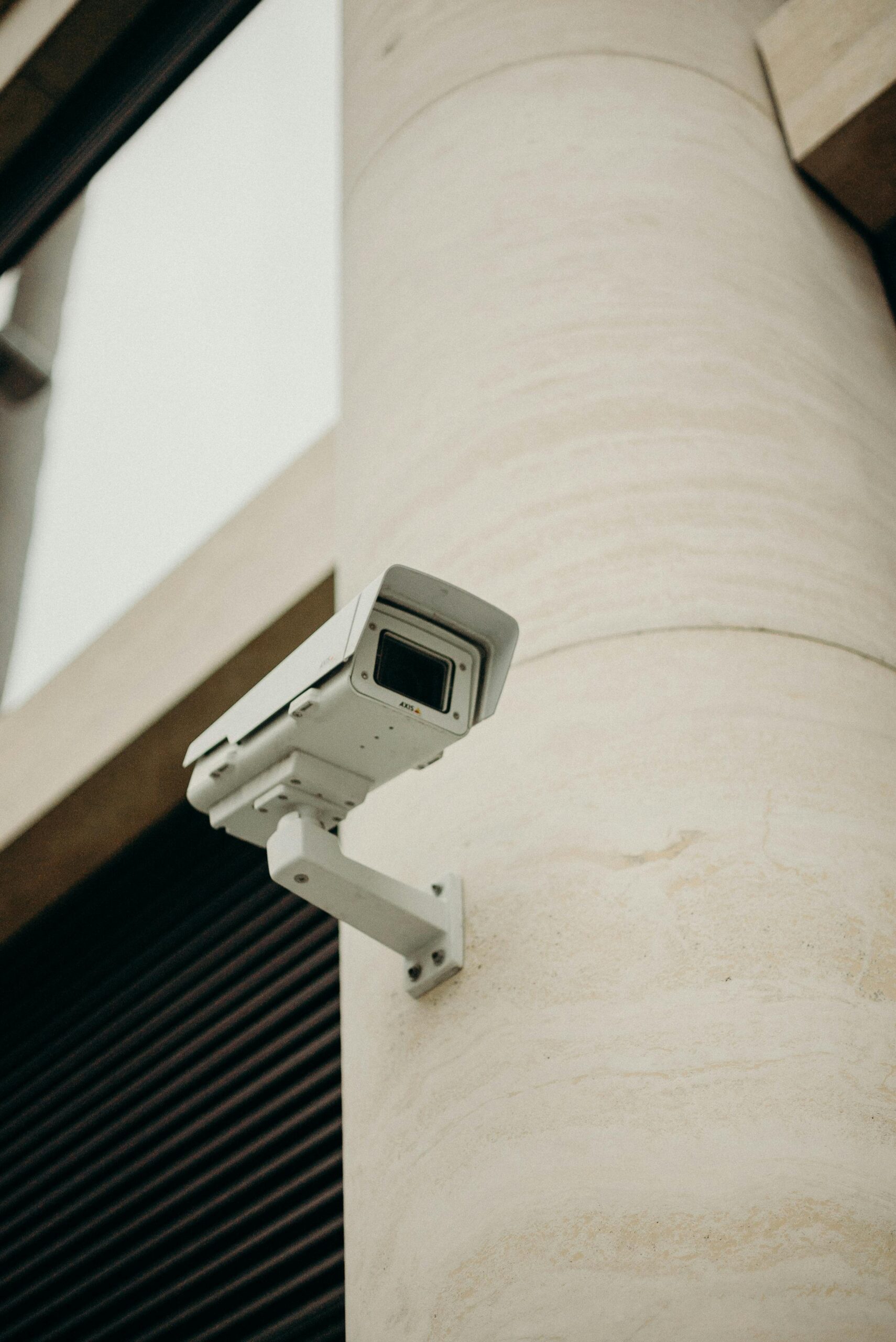1. What are orphan works and why is a directive to deal with them needed?
Orphan works are works like books, newspaper or magazine articles, or films that are still protected by copyright but for which the copyright holders cannot be located in order to obtain copyright permissions. Orphan works are found in the collections held by European libraries and cultural institutions.
The digitisation and dissemination of orphan works pose a particular cultural and economic challenge: the absence of a known right holder means that cultural institutions are unable to obtain the required authorisation, to digitise a book, for example. Orphan works represent a substantial part of the collections of Europe’s cultural institutions (e.g. the British Library estimates that 40 per cent of its copyrighted collections – 150 million works in total – are orphan works).
That is why common rules on how to deal with such works are needed in order to proceed with large-scale digitisation projects, such as the Commission’s Europeana portal.
As part of its Intellectual Property Rights (IPR) Strategy, the Commission adopted on 24 May 2011 a proposal to establish common rules on the digitisation (the conversion of analogue data, for example images, video, and text into digital form) and online display of so-called ‘orphan works’.
Following the trilogue agreement by the European Parliament and the Council on 6 June 2012 and the formal approval by the European Parliament on 13 September 2012, the Directive has finally been adopted today by the Council. It will enter into force by the end of the year. Member States will then have two years to transpose the Directive at national level. Here to read more.


